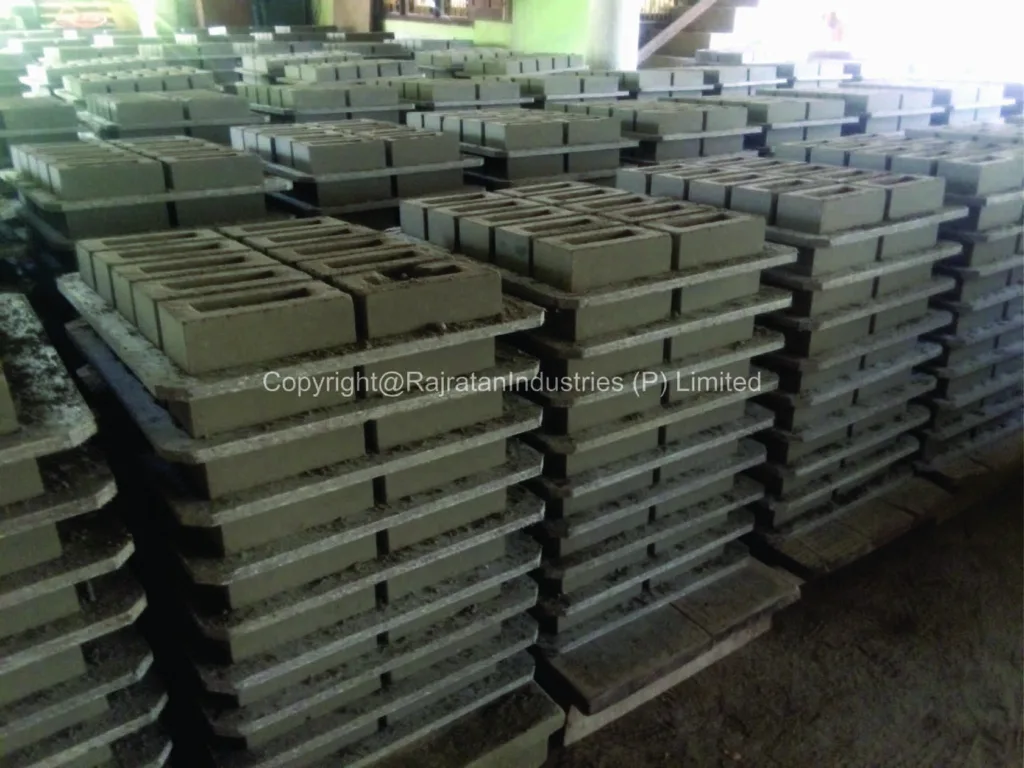Fly ash bricks are becoming a popular eco-friendly alternative in modern construction due to their durability and sustainability. Understanding their chemical composition helps in appreciating their strength, resilience, and environmental benefits.
Chemical Composition of Fly Ash Bricks
Fly Ash (50-60%)
The primary component, fly ash, is a by-product of coal combustion in thermal power plants. It is rich in silica, alumina, and calcium, contributing to the bricks’ strength and water resistance.Sand (20-30%)
Sand acts as a filler material, ensuring uniformity and reducing shrinkage in the bricks.Cement or Lime (8-12%)
This binding agent provides the required hardness and cohesion. Lime, a cost-effective alternative to cement, further enhances the bricks’ durability.Gypsum (3-5%)
Gypsum improves the setting time of the bricks, making them suitable for high-efficiency production lines.Water (Minimal)
A controlled amount of water activates the binding agents, ensuring proper curing and reducing porosity.
Why Choose Fly Ash Bricks?
- Eco-Friendly: Made from industrial by-products, they reduce waste and conserve natural resources.
- Durable: High compressive strength and low water absorption make them ideal for long-lasting construction.
- Cost-Effective: Reduced cement and sand usage lead to overall lower construction costs.
Get a Free Sample PAC Pallet
Looking for the perfect solution for your fly ash brick production? Rajratan Industries offers free sample PAC Pallets for brick, block, and paver manufacturing.
📞 Call: +91 9685927927
Available Monday to Saturday | 10:00 AM – 6:00 PM

